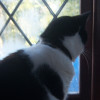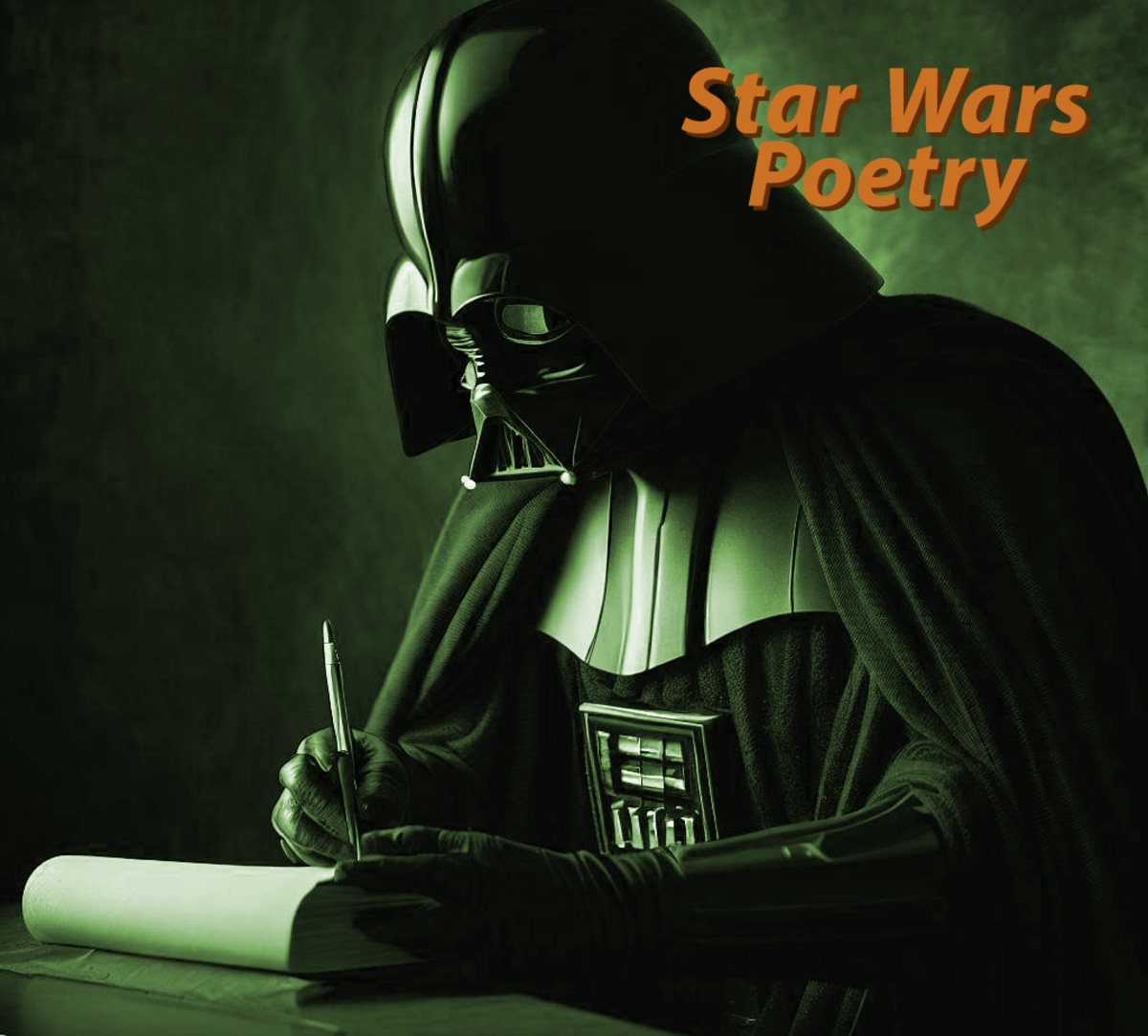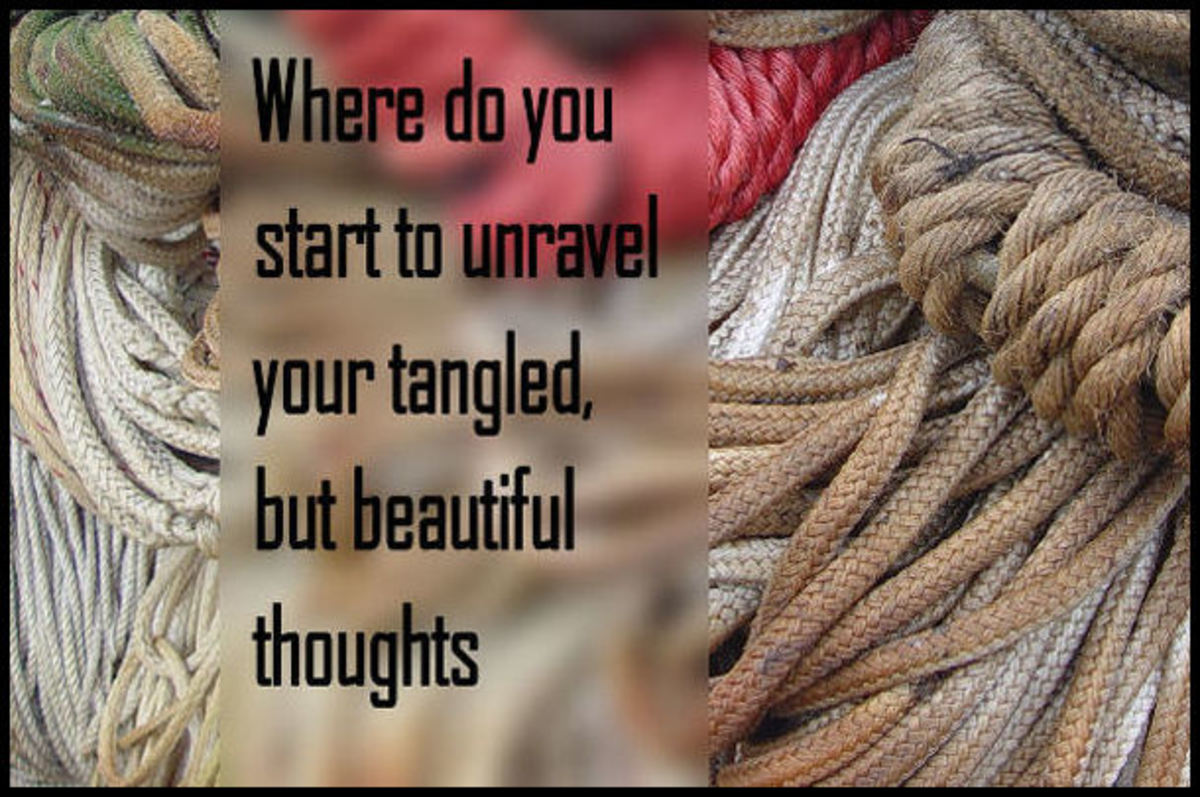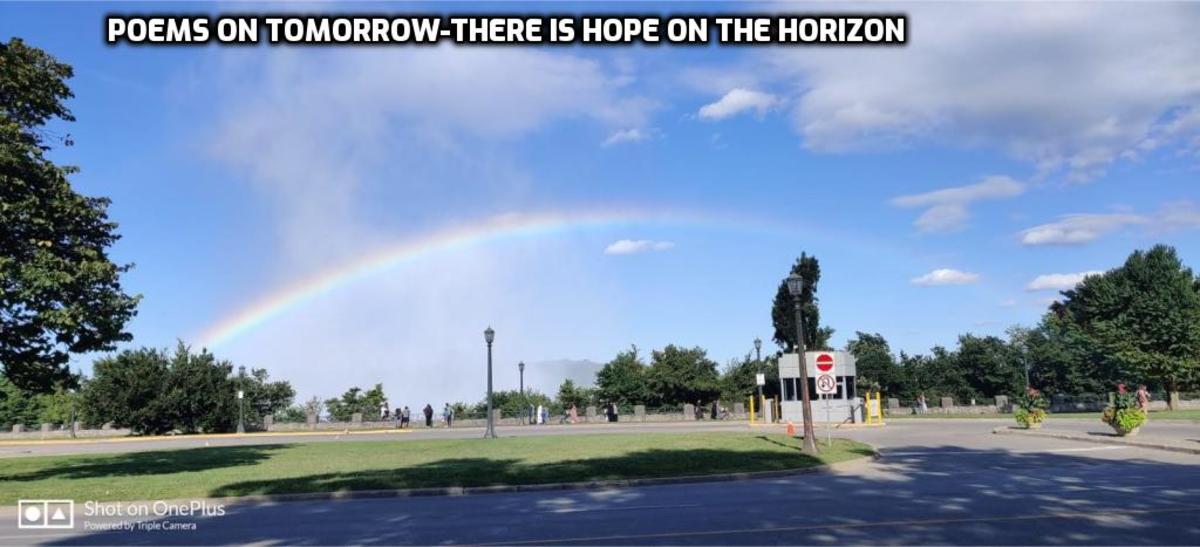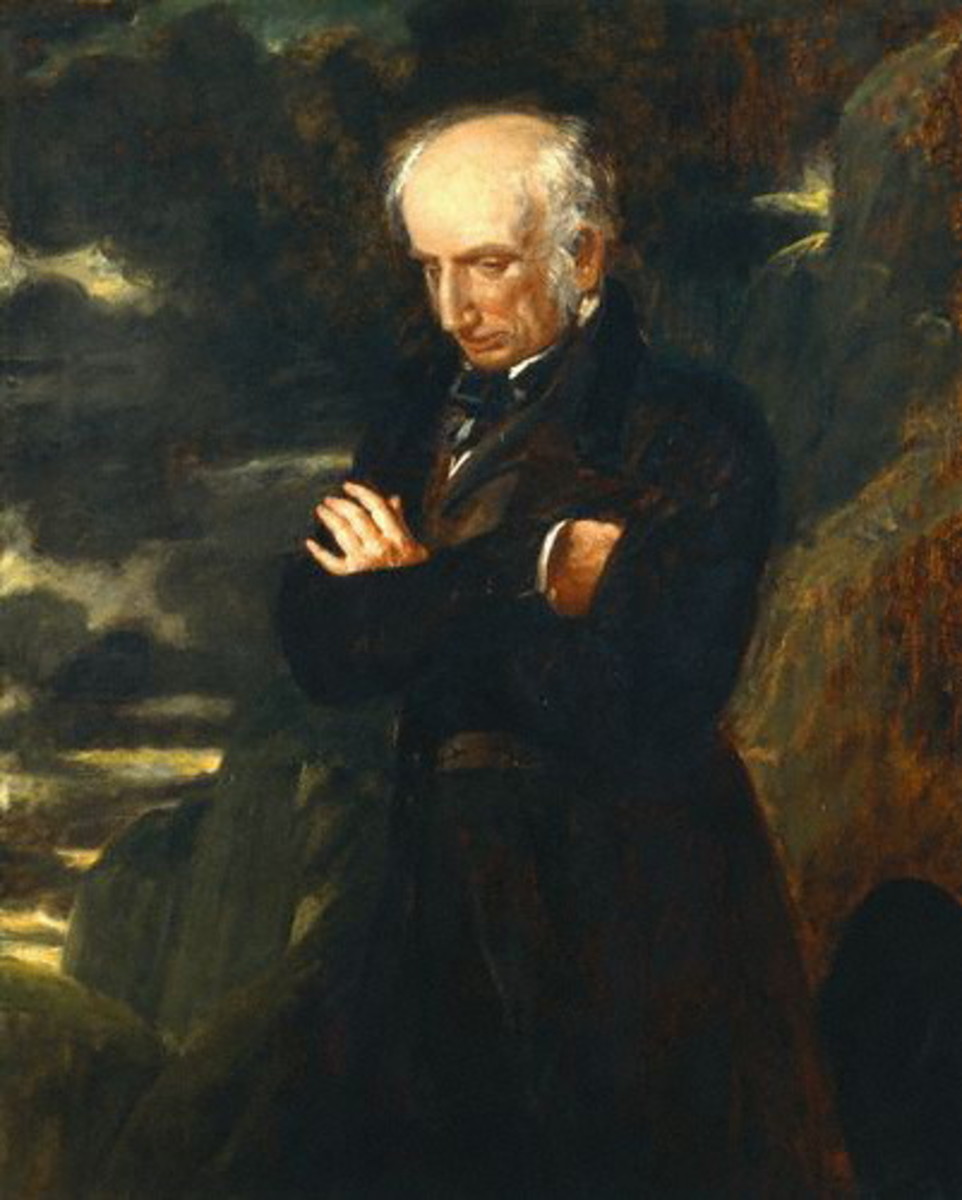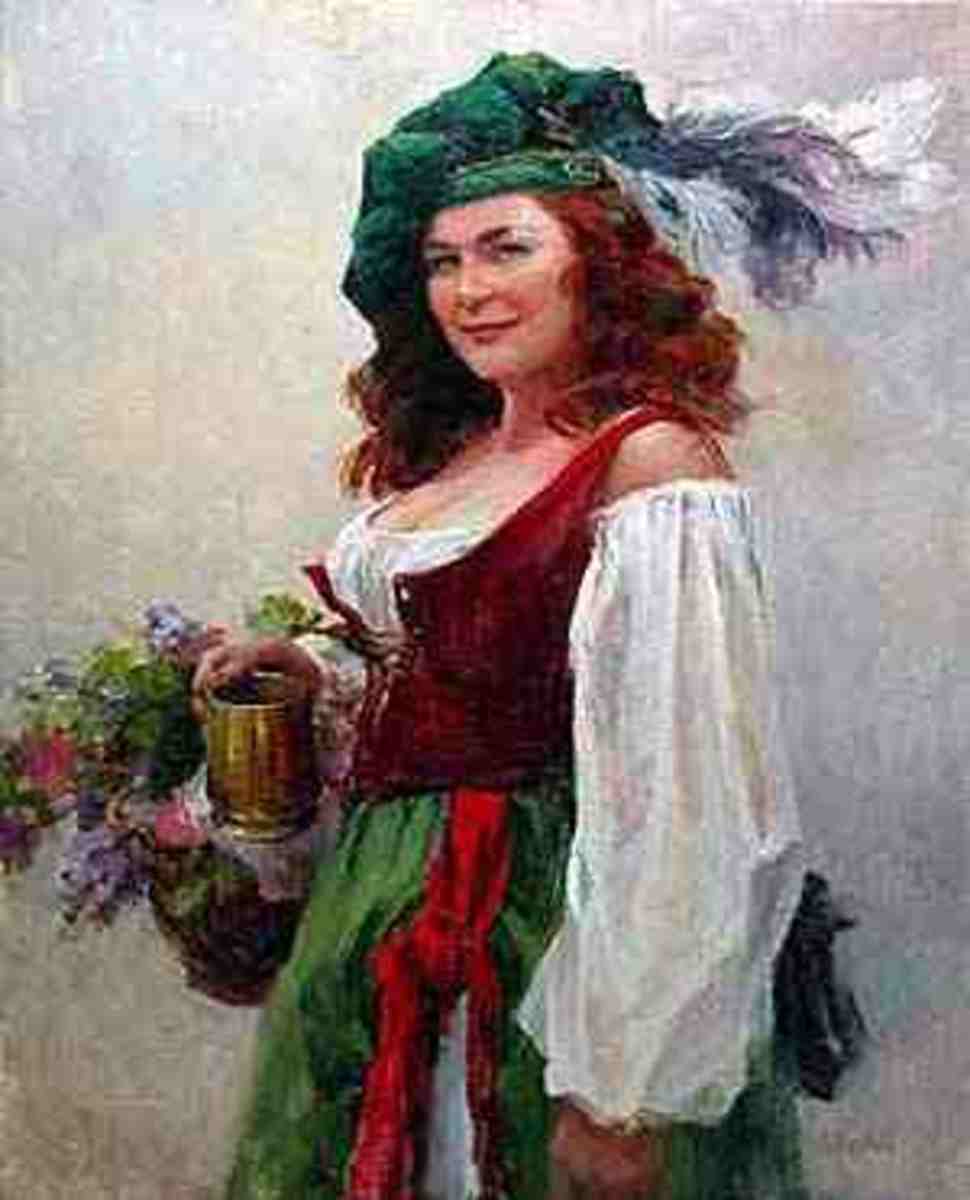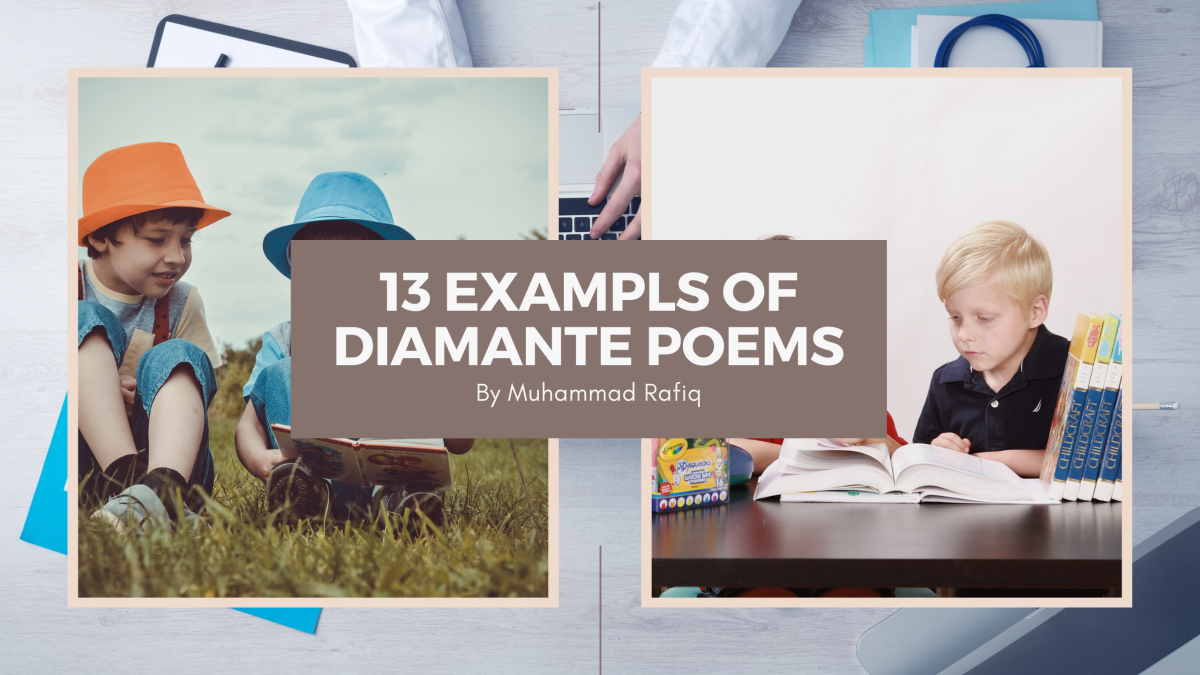Poetry - Where do you put your poems? How to select the category - terms defined
Shakespeare

Introduction
Where should I put my poem, which category/option applies to my particular poem?
That depends on what type of poetry are you writing...
I have tried to explain, below, the options that hubpages have made available.
You will need to read the following and decide which category fits your particular poem.
Acrostic Poem
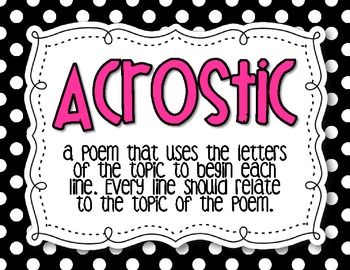
Haiku
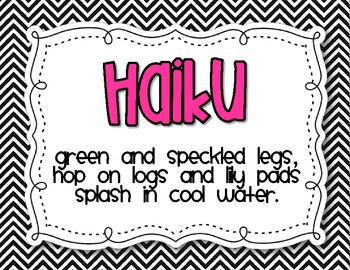
Poems and Poetry
- Acrostic Poems where the first letter of each line spells out a significant word
- Dramatic Poetry/monologues narrated by an imaginary character (not the poet) in the manner of a speech from a play.
- Elegy Poem written to lament the dead. Mournful or elegiac tone.
- Epic Poetry Simile - Extended or elaborate simile; sometimes known as the Homeric simile. Verse - Poetry written on a grand scale and usually narrative in nature Epic verse is not widely read today. The novel has now superseded it as the major narrative form in literature.
- Ghazal Arabic love poem or love-song
- Haiku Miniature Japanese poem consisting of 17 syllables - five syllables in first line, seven in second and five in the last. No rhyme or meter scheme is employed when writing haiku. The aim of the haiku is to create something greater than the sum of the parts
- Jintishi Chinese poetic term which literally means 'modern-form poetry'. It refers to a regulated style of poetry which developed from the 5th century onwards and employed four tones: the level tone and three deflected tones (rising, falling and entering). Tu Fu was the most accomplished exponent of jintishu. Compare to gushi.
- Inspirational Poetry Mysterious, unpredictable impulse enabling poets to produce the finest quality poetry.
- Limerick Form of light verse consisting of five lines and rhymed: a-a-b-b-a. The first, second and fifth lines contain three feet while the third and fourth lines contain two feet. The form was popularised by the Victorian poet Edward Lear. Lear often used the same word at the end of the first and fifth lines. Modern limerick writers tend to introduce a new rhyme in the last lin.
- Lyrical PoetryTerm originally derived from the Greek word meaning 'for the lyre' and indicating verses that were written to be sung. However, more recently the term 'lyric' has been used to refer to short poems, often written in the 'I' form, where the poet expresses his or her feelings
Nonsense poem - example
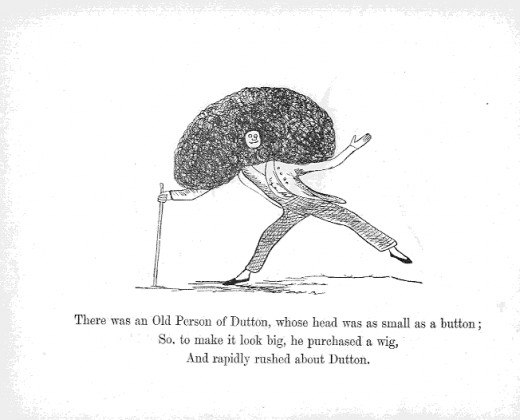
Prose Poetry Hub
- Poetry - Where do you put your poems? How to select ...
This hub will hopefully help you to decide which category to use within hubpages for your poetry. There is an explanation of each category. - Poetry - 'The poems of Benjamin Zephaniah'
Benjamin Zephaniah is probably one of the most popular Dub poets in the world. He is particularly popular with school children because he gives them poetry in a language they understand, he has rapport with them and he offers them a fun way to be cre
On Amazon
...and
- Narrative Poetry is a verse which tells a story
- Nonsense Poetry is a form of light verse where the emphasis moves from comedy to absurdity. This is often achieved by following a rhyme scheme to an illogical conclusion.
- Ode comes from the Greek word meaning song. Odes are normally written in an exalted style and are classified as either Pindaric (after Pindar) or Horatian (after Horace). Pindaric Odes have a triadic or three stanza structure - comprising a strophe (first stanza), an antistrophe (second stanza) and an epode (third stanza). When odes were originally sung and danced by a Greek chorus, the strophe was chanted when the chorus danced to the left and the antistrophe when it danced to the right. The epode was chanted when the chorus stood still. Horatian Odes are almost always homostrophic i.e. they repeat a single stanza shape through out (based upon the first stanza). However, the shape of that stanza is at the discretion of the poet
- Pantoum Verse form of Malayan origin featuring interlinked quatrains rhyming a-b-a-b. The structure of the pantoum is similar to that of the villanelle.
- Prose Poetry Piece of writing which features the charged language normally associated with poetry but which does not feature stanzas or line breaks.
- Rondeau Usually a fifteen line poem, of French origin, composed of three uneven length stanzas. It features a refrain at the end of the second and third stanzas which is taken from the first line of the poem. There is also a ten line version of the rondeau.
- Rubai A quatrain with a rhyming scheme a-a-b-a e.g.
- Satirical Poetry Verse which employs wit and ridicule to attack hypocrisy, pomposity or social injustice etc. Dryden, Pope and Swift were all renowned for their satirical verse.
- Sestina Usually an unrhymed poem consisting of six stanzas made up of six lines each. The sestina employs word repetition rather than rhyme. The last word of each line in the first stanza is repeated in a different order in the following five stanzas.
- Sijo Korean verse form, of great antiquity, consisting (normally) of three lines: the first two composed of fourteen or fifteen syllables and the last composed of fifteen syllables.
- Song Lyrics A poem which is written to be sung or chanted - without or without musical accompaniment.
- Sonnets A fourteen line poem usually in iambic pentameters(see meter) consisting of an octave and a sestet. The octave presents and develops the theme while the sestet reflects and brings the poem to a conclusion.
- Tanka Small Japanese poem consisting of exactly 31 syllables. A tanka is a haiku with two further lines of seven syllables added. Tanka, like haiku, work on the principle that less is more
- Verse Fable Short story or piece of verse conveying a moral - poetic composition.
- Villanelle A poem (normally) consisting of 19 lines - arranged as five triplets and one final quatrain. The intricate rhyme scheme of the villanelle is furnished by the first triplet: A(1)-B-A(2) and is then repeated twice in the form of A-B-A(1) and A-B-A(2) and then concluded with the quatrain rhymed A-B-A(1)-A(2).
Before you go....
Did you find this hub useful?
finally
I hope this helps answer this question. One or two are still missing from the list but I will add these soon.
All comments appreciated.
Some of My Poetry Hubs
- Poetry - Poem about (Alzheimer's) 'Dad's Dementia'
Dad's in his second childhood, doing lots of daft and silly things, his memories of recent times are no longer there but his memories of the past are as clear as yesterday although they seem to get a bit jumbled up. Dementia or Alzheimer's is cruel e
© 2010 Leni Sands
